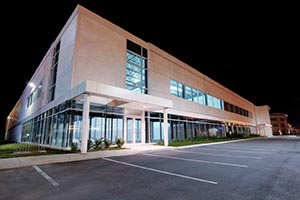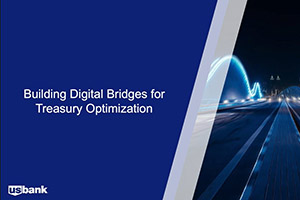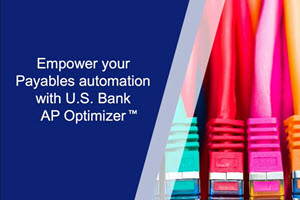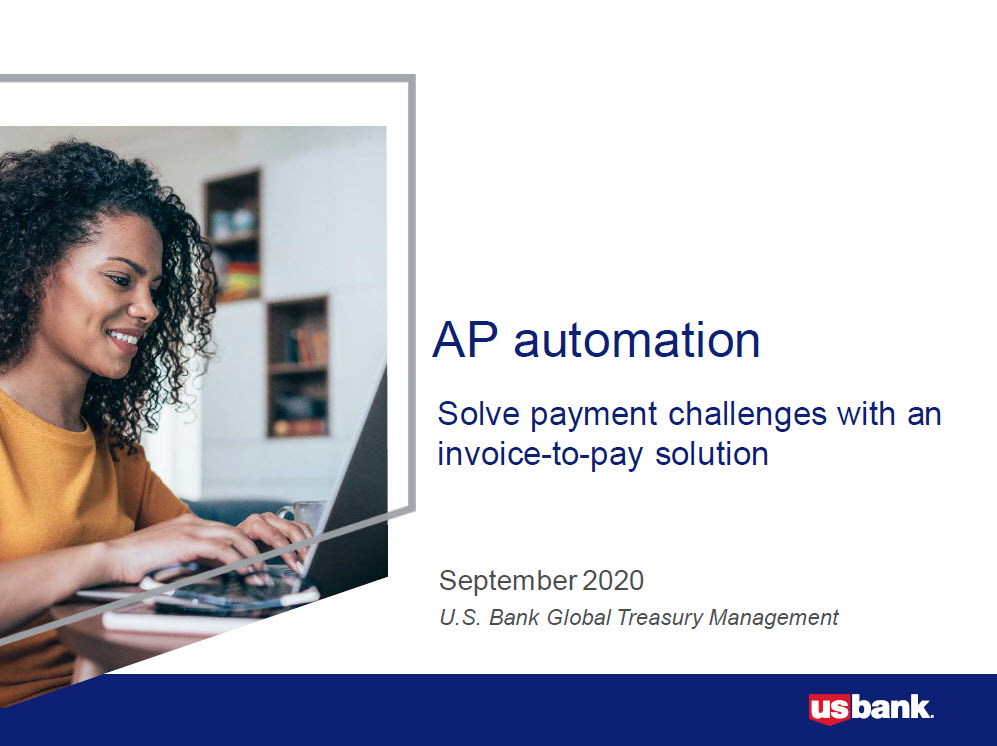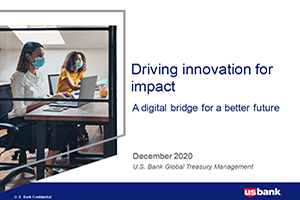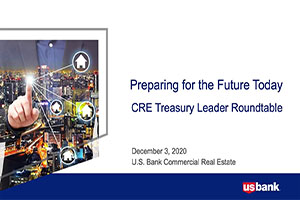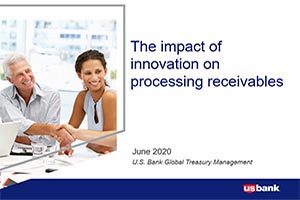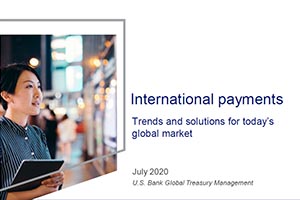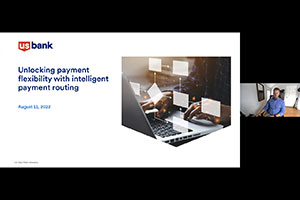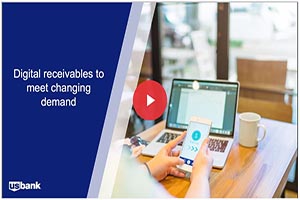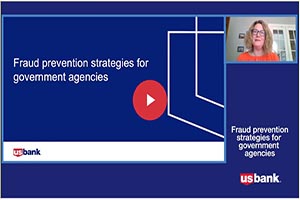The Utilities & Telecom Consumer Payments Insight Report offers an assessment of opportunities to improve and innovate the payment experience to better align with the expectations of today’s consumers.
Utility and telecommunications companies power households, businesses and daily life across America. Supplying these essential services for consumers means providers must efficiently and consistently collect payments from the people they serve.
An important tool for achieving effective payment collection is consumer insight. Understanding user expectations can help utility and telecom companies determine where to make strategic investments in technology that simplify payment acceptance and improve customer satisfaction.
 To help these companies provide a better payment experience to their customers, in January 2020, U.S. Bank conducted a survey of American consumers who had paid a utility or telecommunications bill in the last 12 months. The detailed results are available in our full utilities and telecom consumer report, which explores key learnings around customer payment preferences and behaviors, perceptions of payment security, and opportunities for innovation and improvement.
To help these companies provide a better payment experience to their customers, in January 2020, U.S. Bank conducted a survey of American consumers who had paid a utility or telecommunications bill in the last 12 months. The detailed results are available in our full utilities and telecom consumer report, which explores key learnings around customer payment preferences and behaviors, perceptions of payment security, and opportunities for innovation and improvement.
Utility and telecom companies can leverage these insights to help accelerate cash flow that supports operations. Here, we discuss some innovative ways these companies can collect bill payments faster based on noteworthy findings from the report.
Adopt new digital payment methods
New digital payment methods are growing in popularity because they are fast, easy and convenient for customers and businesses alike.
With the coronavirus pandemic and the distancing required by local governments, the shift to digital payments is only accelerating, as they often enable low or no-touch transactions that are safer and more hygienic. Digital payments are also more secure than traditional payment methods – an important consideration as 78% of consumers are somewhat to extremely concerned about security of their payments.
In our survey, 35% of participants said how they receive a bill affects how quickly they pay it, no matter the payment channel selected. This suggests that how they are able to pay a bill may also affect speed of payment, making it critical to support a variety of payment methods.
Nearly half of consumers (45%) prefer to pay via an online/digital payment service, such as digital wallets like Apple Pay®, Amazon Pay™ and Google Pay™ or the biller’s online payment portal. New payment apps such as Venmo and Zelle allow the transfer of funds directly from an individual bank account to another registered bank account. As consumers become accustomed to these modern apps, utility and telecom companies must adapt to cater to evolving user preferences.
Offer a seamless experience
Consumers choose their preferred payment methods for many reasons, but ease of use (74%) and speed (71%) are at the top of the list. This suggests the lack of adoption of faster digital payment methods may be the result of dissatisfaction with the design of online or application interfaces – not an inherent preference for traditional payment methods.
Read more about best-in-class electronic bill presentment and payment with U.S. Bank eBill Service.
Many customers cited poorly designed and unreliable systems and difficult-to-navigate interfaces as the top reasons utility and telecom companies are lagging in comparison to other industries. By implementing well-designed and mobile-friendly payment portals, service providers may reduce barriers to customers using efficient digital payment methods.
Personalize bill delivery
One of our most interesting survey discoveries was an apparent mismatch between customer preferences and how bills are currently being delivered. While 66% receive bills by mail, only 48% prefer to be billed this way.
This finding indicates a missed opportunity for improving the consumer experience and collecting payments faster. By customizing bill delivery according to individual preferences, utility and telecom companies can increase customer satisfaction and accelerate cash flow.
Utility and telecom companies who promote paperless billing create a win-win for the consumer and the company. Environmentally conscious consumers will feel better about the company’s sustainability efforts. Meanwhile, paperless billing helps service providers save on printing and postage costs and meet sustainability targets, which is top of mind for many energy and water companies.
Promote payment features
Most consumers (64%) are registered on utility or telecom company online portals, mainly using them to pay bills or check balance and payment history. Only a small percentage chose to set up payment reminders (15%) and recurring payments (24%).
But just like paperless billing, these features may be underused due to a lack of awareness. After all, 45% of consumers choose their preferred payment method because it reduces the likelihood of forgetting a payment.
Today’s online portals offer a host of useful features that facilitate on-time payments, which are appreciated by users and help companies ensure a steady cash flow. It is common for consumers to forget to pay bills on time, so promoting use of these capabilities could help utility and telecom companies reduce the likelihood of late payments.
Improve bill design
As the consumer experience becomes a key differentiator across industries, the design of bills has become a focal point. While bill design may seem like a purely aesthetic consideration or “nice to have,” when customers have a billing dispute, most (78%) call customer service. Explaining costs in clear, simple terms could help reduce these inbound calls and improve customer satisfaction – and lead to faster payment.
For the most part, statements seem to be doing their job, as 87% of consumers say they receive adequate cost information about their utility or telecom bills. However, of those who say the information is inadequate, the top concerns are a lack of clear details and confusing or unclear terminology.
Fortunately, creating a better bill statement is an easy way to make a major impact. Customer experience consultancy KUBRA suggests enhancing the design by applying consistent visuals and color, using clear and simple language, and avoiding data that are too granular to be helpful.
Conclusion
Overall, the outlook is positive for utility and telecom companies. When it comes to payment innovation, 68% of consumers say these companies are keeping pace with other industries. Additionally, 41% feel their utility or telecom payments are very or extremely secure.
But as the consumer experience becomes more essential to customer satisfaction and retention, there is always room for improvement. Our report reveals strategic target areas for utility and telecom companies to focus their efforts on in order to improve the customer experience and collect payments faster.
Download our report now to gain insights into the consumer payment experience.


